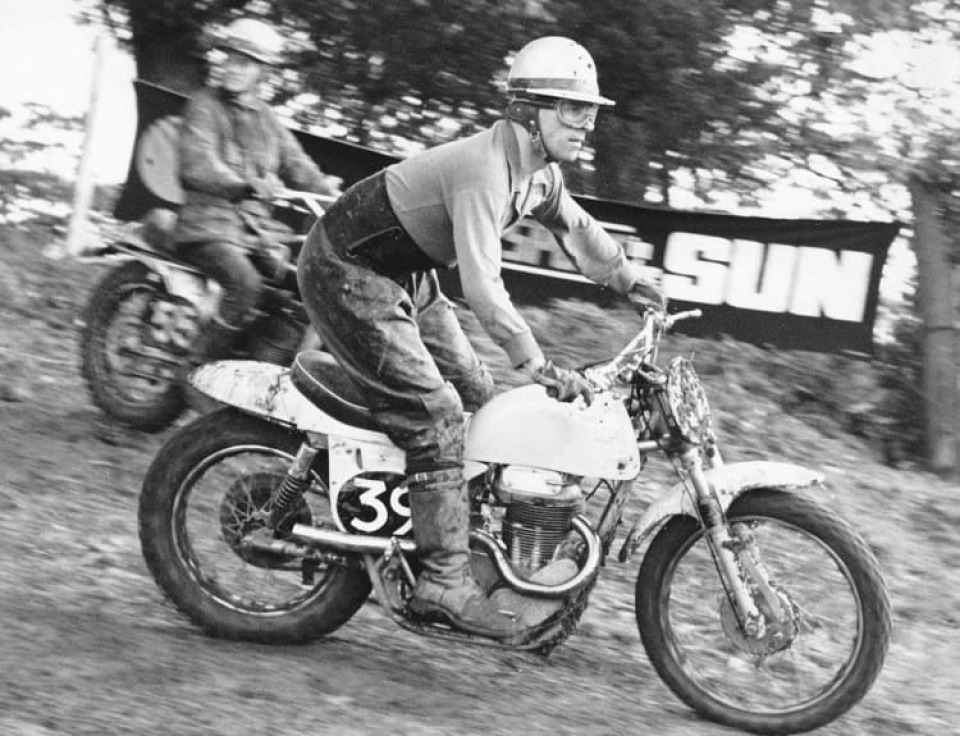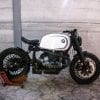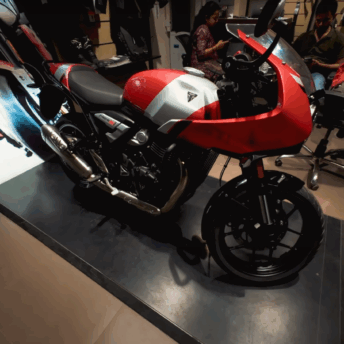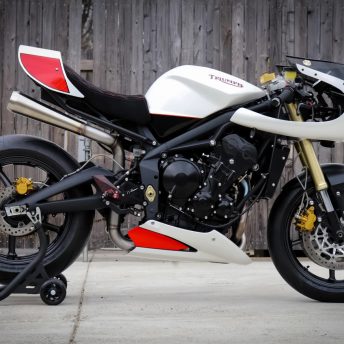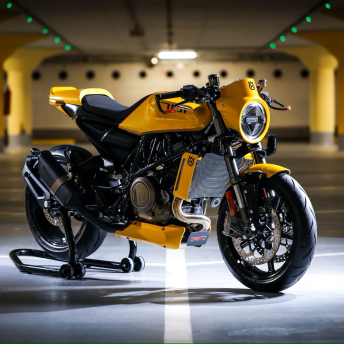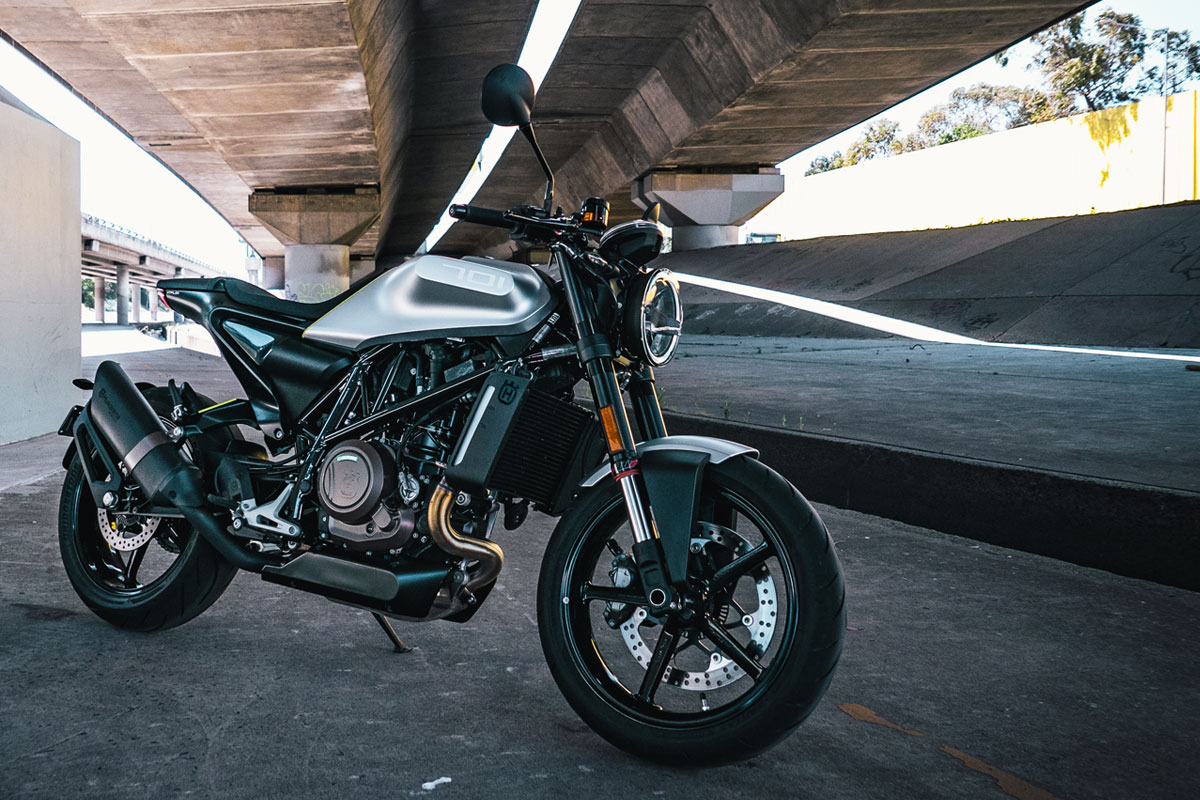We owe many human achievements to the blossoming of the modern mechanised era in the late 19th and early 20th Centuries. Human infatuation with internal combustion and its seemingly limitless possibilities led to some truly amazing creations, including cars, motorcycles, powered flight, and landing a man on the moon. You can almost imagine them waking up one weekend morning with an insane idea like racing cars on a beach or riding a motorcycle around the inside of a large wooden silo—and then actually doing the damn thing, too.
So with that very same wide-eyed optimism and scant regard for personal safety, some bright spark in England in the late 1920s decided it would be ‘jolly good fun’ to take a motorcycle that was entirely designed to ride on roads and travel across the notoriously damp and muddy British countryside. That lightbulb moment led—with a great deal of twists and turns—to today’s scrambler motorcycles. Let’s dig in and find out more.
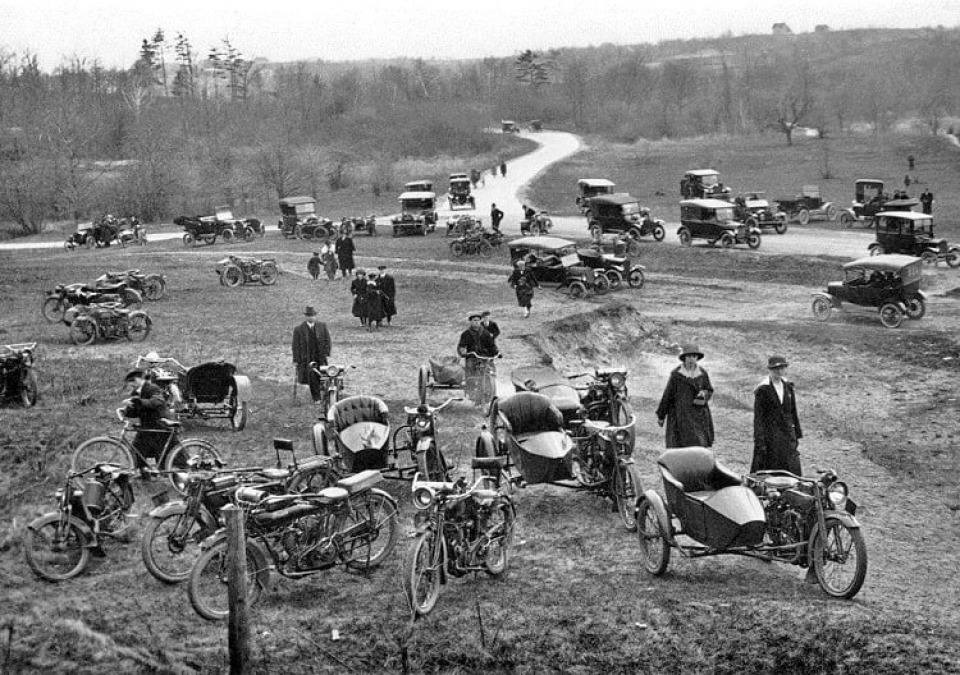
Scrambling first evolved in the UK from ‘motorcycle trials competitions’, like the Auto-Cycle Clubs’s Trial Races in 1909 and the Scottish Six Days Trial (AKA the ‘ISDT’) that commenced in 1912. Tired of the complexity they had created with an elaborate scoring system, race organisers dispensed with the fussy details in favour of a race to become the fastest rider to the finish.
It seems like many British pastimes are just elaborate excuses to have a picnic outdoors (cricket, anyone)? And god knows, when it’s been raining for large chunks of the year, you’d probably be making up excuses to get out of your cold, damp house too.
One of the more splendid variations of the genre was a series of races held in the late ‘20s and early ‘30s with so few rules that the only things less detailed than the handbook for the event were the safety considerations for the riders.
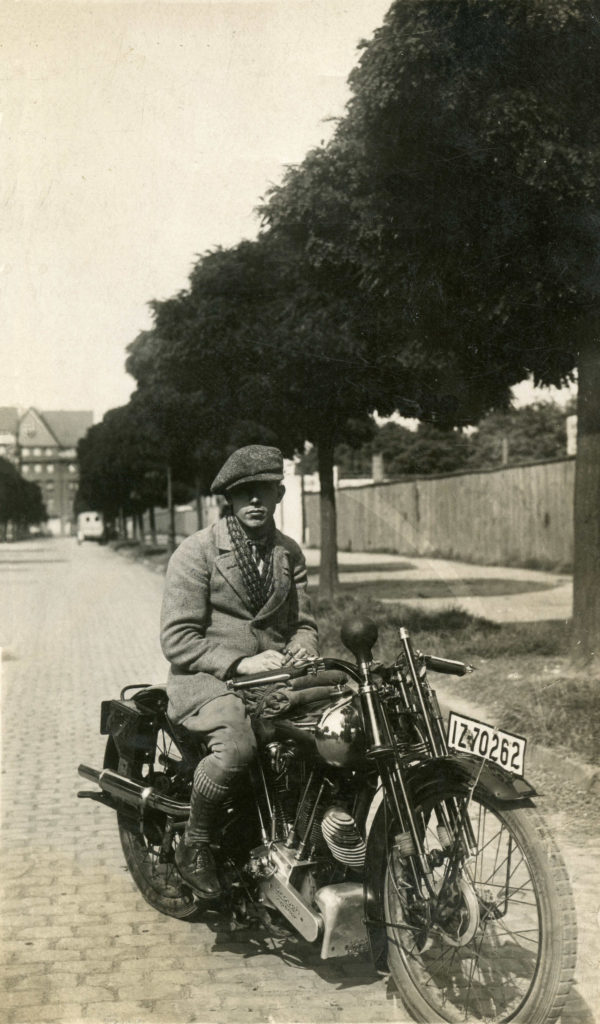
With rules no more complex than “race from this point here to that point way over there in as short a time as possible,” riders were left to figure pretty much everything else out for themselves. Bike mods, tyres, riding techniques, and routes were a mad free-for-all.
So mad, in fact, that one commentator labeled the whole riotous circus as “a rare old scramble” in an announcement that surely must be up for some all-time “British stiff upper lip understatement award”. Think “muddy shit fight” for those interested in a more modern translation.
But soon, the riders were developing their skills and tactics by watching what the winners were doing and then trying to improve on them. Which bikes were quickest across the fields, and why? What difference did standing up on the footpegs make? When was it quicker to follow roads and when was it better to ride through a hedge rather than around it?
But most importantly, what modifications to their rigid, mud-covered motorised bicycles were going to allow them to get to the finish line first? Hint: stripping unnecessary parts from the bikes and giving them as much ground clearance as possible was proving rather successful.
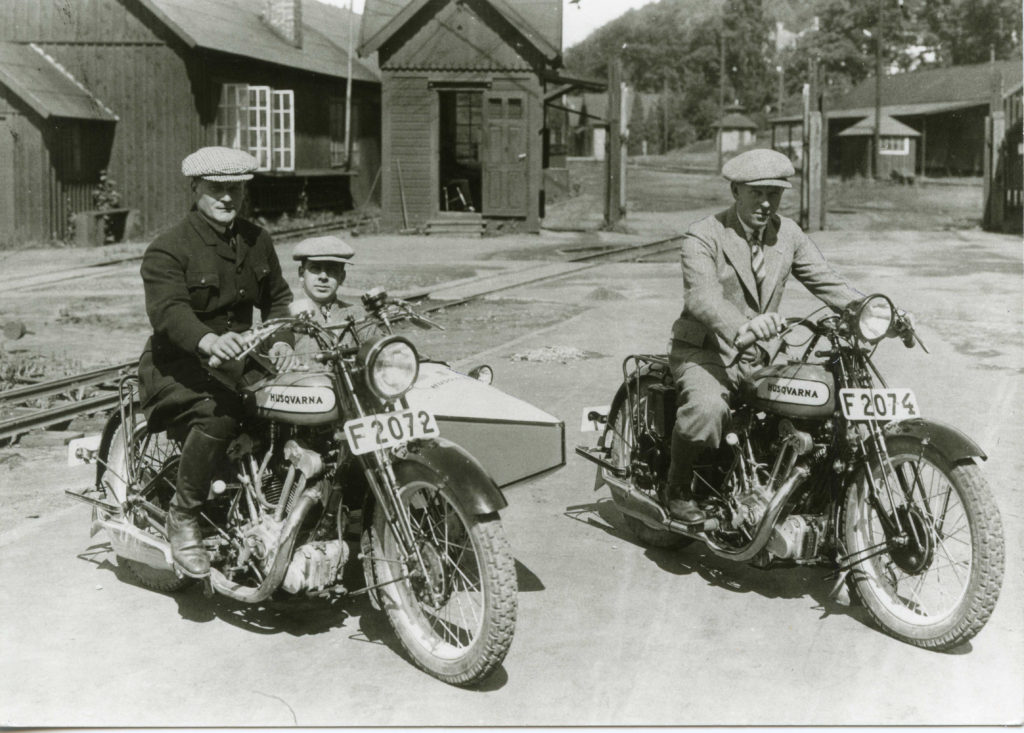
Of course, World War II saw army motorcyclists facing very similar challenges in the European trenches, North African desert, and jungles of the Pacific. Now the benefits of getting armed soldiers to a previously impossible-to-reach point on a map in short order had important tactical advantages, too.
And where military interest goes, so too does money and technology. So once the dust of war had settled and the Nuremberg Trials had brought down its final gavel, the moto world had a whole bunch of new tyre technology, engine developments, and suspension innovations to play with. And boy, did they play.

Let’s go back to England, where the sport had not only gained popularity but had also spawned a few variations on the theme. The Fédération Internationale de Motocyclisme jumped on the two-wheeled wagon in 1952 by announcing the ‘European Championship Series’, which more closely resembled a modern motocross race than the old Scrambler events of yore.
Naturally, motocross events were circuit-based affairs that saw riders running laps rather than racing from point-to-point. From here on in, the fragmentation was happening as fast as the riders were traveling; over the next ten years, usage of off-road bikes would come to include trail riding, enduro, trials, motocross, scrambling, hill climbs, agricultural tasks, and even some eccentric cross pollination amongst these categories.
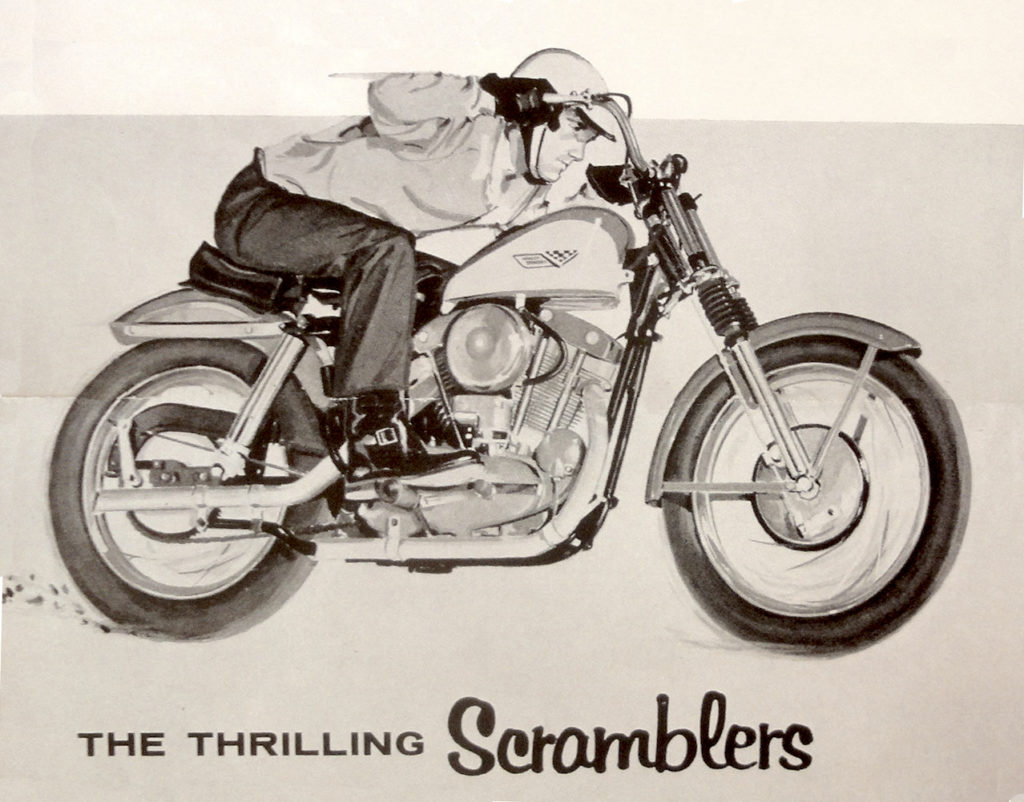
All the while, Americans had been developing their on-road chops by bobbing ex-army Harleys and having drunken battles with cops in what would turn out to be the origins of outlaw motorcycle gangs. But by the early 1960s, they had turned their keen-eyed moto gaze to Europe—and boy, did they like what they saw.
Severely lacking in horrible weather and muddy bogs, Californians took what they did have in spades—namely desert sand—and put these new-fangled scramblers to very good use.
Here, too, we can see the rise of the Japanese manufacturers and their laser-like focus on motorcycling as a weekend passtime rather than a professional sport. So while Mr. Average Joe Californian might not have been so keen on dragging his butt around the country every weekend or two, he was sure as hell interested in tearing around his local desert on a Sunday, where he’d find a complete lack of police and a total abundance of outdoorsy good times.
This boom was crystallised in Bruce Brown’s “On Any Sunday” film from 1971. And if the entire scene hadn’t infected those of the petroleum-bent before this point, it was sure to do so afterwards.
The movie brought off-road riding to the fore by including a metaphorical ‘money shot’ at the end that showed all-American hero and movie star Steve McQueen ripping up the Californian sands on a ‘Desert Sled’ Husqvarna two-stroke—in a fashion that made an army of men and women swoon and/or bust out their wallets and run to their local motorcycle dealers.



The ‘60s also saw manufacturers get in on the action by releasing factory-ready Scramblers for sale. Most notably, Ducati offered up their thoughts in a series of bikes starting in the late 50s, culminating in a 450cc, 27hp model in 1969. Similarly, Honda threw a bunch of engineers at the job of selling more dirt bikes in the lucrative American market. The result was a run of lightweight, high-piped ‘CL’ series bikes—and the now-legendary two-stroke ‘CR’ series that resulted in the company’s ‘Elsinore’ model.
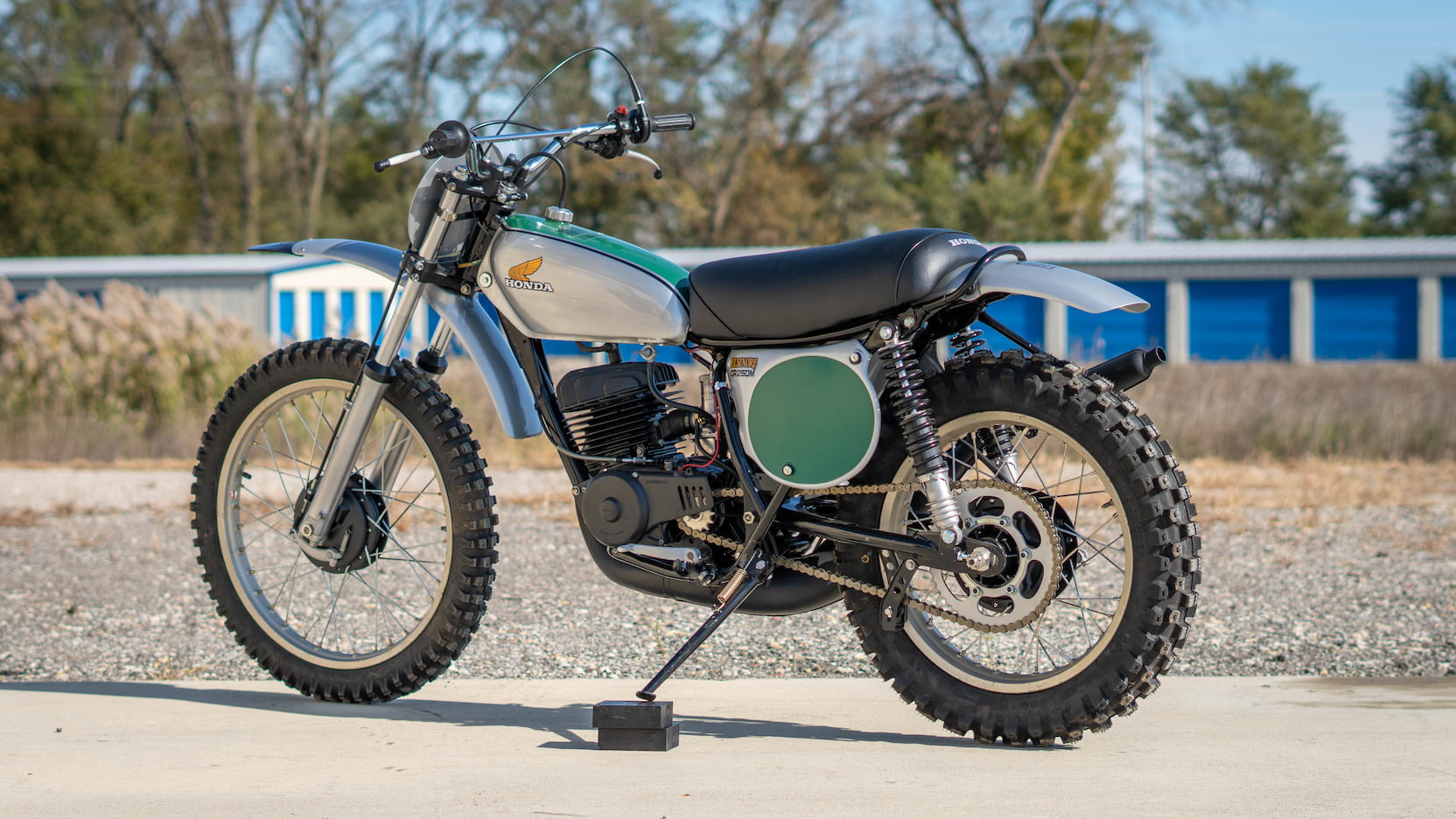


The 1970s saw the wholesale takeover of off-road motorcycling by motocross. In 1972, the sport was giving Superbowl demonstrations, and it was all a fait accompli from there on. But in Europe, point-to-point off-roading was gaining a second wind of sorts. This was thanks to the rise in popularity of the Paris to Dakar races that saw manufacturers go head-to-head with bikes they would eventually put on sale for an excited general public—who were keen on bikes that could be ridden on the road as well as conquer African deserts.
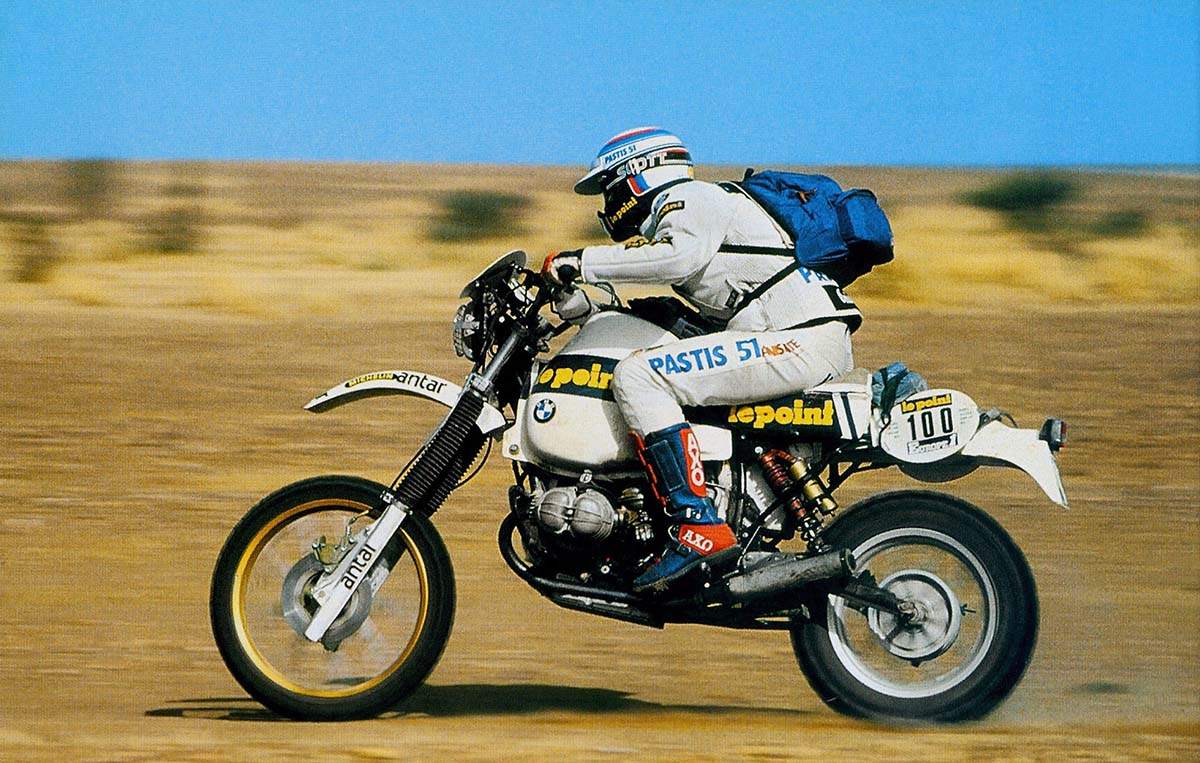


And unless you’ve been living under a rock for the past decade, you’ll no doubt have realised that scramblers have made a comeback during the end of the café racer boom. With the movement bringing all forms of retro motorcycling into focus again, it was only a matter of time before those who were tired of café racers looked for their kicks elsewhere.
But while the sports bike fad occupied many a magazine page for the past 30 years, I think we also owe a tip of our hats to the adventure bike genre and its luminaries—like Yamaha’s XT and Ténéré, BMW’s GS, Honda’s Africa Twin, and the Cagiva Elefant that kept up the scrambler ethos intact while we all roared around looking like Mighty Morphin’ Power Rangers. The fact that you can still buy most of them today is a testament to the real attraction of these ‘rare old scrambles’ and their 100-plus-year history.
